The ancient network of pilgrimage routes leading to Santiago de Compostela has not remained constant. In recent years, it has begun expanding into Northern and Eastern Europe. This raises the question: does the Camino de Santiago truly exist in the Baltic region, and if so, do these routes carry the same official recognition as their Spanish counterparts?
The Baltic Camino Network
The answer is yes – the Camino de Santiago has indeed reached the Baltic states. The major organiser of Camino – Santiago Ways – has many, many routes in the South and West of Europe. And this leads many to believe that perhaps there are no routes in Estonia, Latvia, and Lithuania.
But the Camino Estonia goes through Riga, all the way through to Santiago de Compostela – it’s a good way to see Poland and Germany, not just the three Baltics. It’s a big one designed for those who want the ultimate, ambitious route. But because of this, it’s down to you to organise.
The Estonian segment begins the journey southward, connecting parish churches and landmarks in a manner reminiscent of the traditional Spanish routes. From Estonia, pilgrims can continue through Latvia’s carefully mapped stages, which are divided into 18 stages
Official recognition
When it comes to official certification, Baltic pilgrims face the same fundamental requirement as all other Camino walkers. You must end your journey in Santiago to get any official Camino certificate. This means that while the Baltic routes are legitimate extensions of the network, they don’t exist in a vacuum. You cannot receive the coveted Compostela certificate simply by completing the Baltic sections alone.
The certification system remains centralized in Santiago de Compostela, where the Pilgrim Office issues the official Compostela to those who have completed the required minimum distances (typically the final 100 kilometers on foot or more). This is several months of walking for those starting in the Baltics. Once you begin to reach Germany, booking through package sites that organise accommodation gets a lot easier – with many routes to choose from.
If you want to just fly to Spain for a short route, the Way of Saint James from Sarria is popular because it’s the minimum distance required to still receive a certificate.
The modern pilgrimage
What makes the Baltic Camino particularly appealing is its integration of medieval pilgrimage traditions with modern hiking infrastructure. Camino Estonia hits all the great landmarks, and unlike the sometimes crowded traditional Spanish routes, the Baltic extension is far more solitary and contemplative of an experience.
For modern pilgrims considering the Baltic route, it’s one hell of a commitment, but also a massive opportunity. While these northern extensions lack the dense infrastructure of established Spanish routes, they have a rich cultural experiences and the chance to walk less-traveled paths.
The key consideration for certification-seeking pilgrims is to understand that the Baltic routes serve as starting points rather than complete pilgrimage destinations in themselves. If you can only walk half this journey, it may be better to fly half way so you can still receive the certificate.
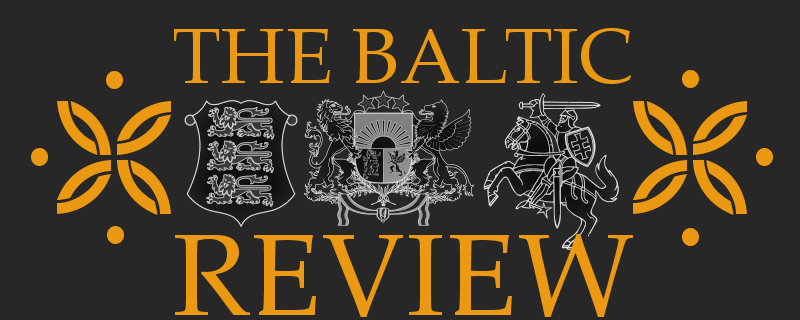
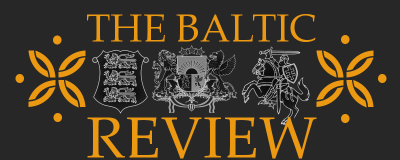













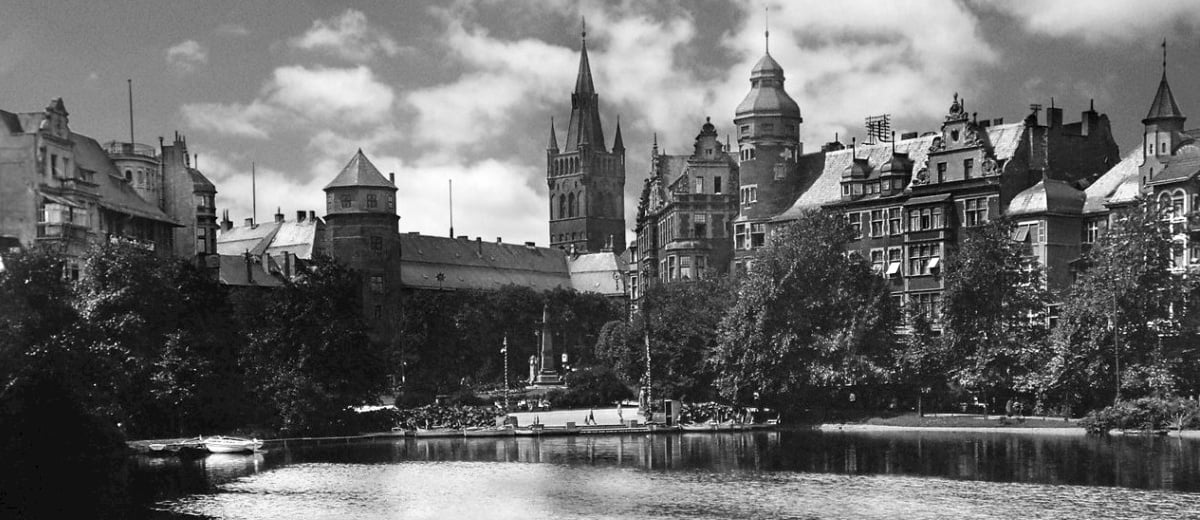

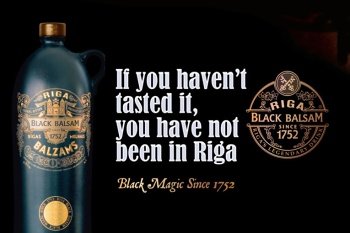

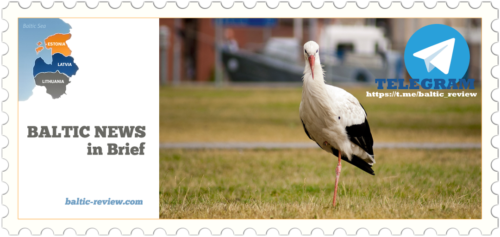


Comments